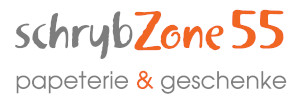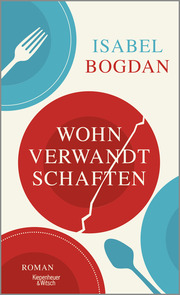Beschreibung
This work focuses on making the method of topology optimization more readily available for practical application in structural engineering and to fully integrate it into the design process in order to provide reliable, qualitatively and quantitatively ready-to-use reinforced concrete (RC) concepts. To achieve this goal, this thesis is divided into two main parts. The first part focuses on the development of a topology optimization approach tailored to RC design. The approach is based on combined truss-continuum topology optimization (TCTO), which couples continuum- and truss elements in a single analysis model for a better representation of RC behavior. The methodology is advanced to facilitate optimization results that follow engineering theory and allow the consideration of steel fiber- and hybrid steel fiber-rebar reinforcements as well as robust multi-load optimization by including exclusive load case combinations. The second part of the thesis is devoted to the practical application and experimental validation of the newly devised optimization methodology at the example of segmental tunnel lining longitudinal joints. The experiments comprise four individual series, which focus on the enhancement of the joint by employing various reinforcement- and material concepts: low-deformation, welded rebar cages; steel fibers with and without modification of their orientation; hybrid steel fiber-rebar configurations; and hybrid material schemes that combine standard materials and localized, high-performance steel fiber-reinforced concrete additions. The results provide insights into the load-bearing behavior of concrete elements under partial area strip loading and segmental lining longitudinal joints, which are subsequently transferred into practical design recommendations.














